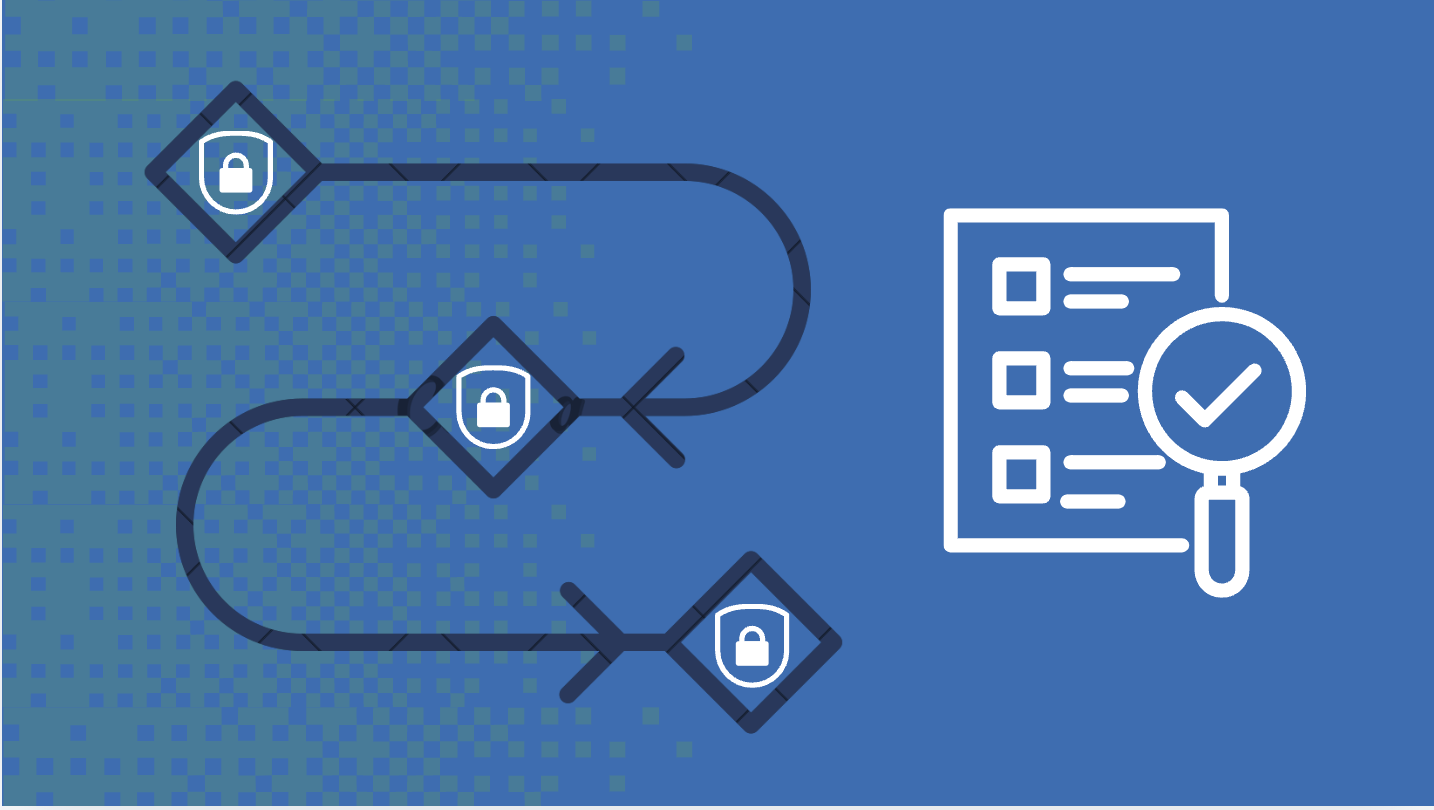The Role of Data Flow Mapping in Cybersecurity
Data flow mapping can be a game-changer when it comes to building and maintaining a robust cybersecurity posture. Here are some key benefits:
-
Risk Identification
By creating a comprehensive data flow map, cybersecurity teams can identify potential vulnerabilities in how data moves across systems. This helps teams detect unsecured pathways, legacy systems that may be exposed to threats, or areas where sensitive information is transferred without encryption.
For example, mapping can reveal insecure third-party connections that may be exploited for breaches, or it can uncover shadow IT—systems and software used by employees that are not under the control or governance of the IT department.
-
Compliance and Auditing
Data flow mapping is essential for organizations to comply with regulations such as GDPR, HIPAA, and CCPA. Many regulations require organizations to understand and document how personal and sensitive data is handled and ensure that appropriate security measures are in place to protect that data. Data flow maps provide clear documentation that can be used for audits, demonstrating a proactive approach to data protection.
-
Incident Response and Breach Containment
If a security incident occurs, a data flow map helps cybersecurity teams respond more effectively When a breach take place, knowing exactly where sensitive data is located and how it is flowing through the network helps teams contain the breach faster and limit the impact.
For instance, if an unauthorized actor accesses the system, the map will show the data flow and help determine where the breach originated and what data may have been compromised.
-
Strengthening Security Controls
Data flow mapping offers insight into areas that need stronger security controls. By understanding how data moves through your systems, you can implement targeted security measures such as encryption, access controls, or segmentation to protect sensitive information at critical points in its journey. It can also help in reducing the attack surface by identifying unnecessary data flows that can be eliminated.
-
Empowering Data Governance
Organizations often struggle with data sprawl—an uncontrolled proliferation of data across systems and devices. Data flow mapping helps gain better visibility and control over data, ensuring that only necessary data is collected, used, and retained. This reduces the likelihood of sensitive data falling into the wrong hands and ensures data governance practices align with business objectives.
Challenges of Data Flow Mapping for Cybersecurity
While data flow mapping offers a host of benefits, there are challenges that cybersecurity teams should be aware of:
Complexity: Mapping data flows in large organizations with multiple interconnected systems and third-party vendors can be highly complex. However, breaking down the process into smaller segments can help make it manageable.
Keeping Maps Up to Date: As systems evolve and data flows change, maintaining an accurate and up-to-date map requires continuous effort. Organizations should integrate data flow mapping as an ongoing activity rather than a one-time project.
Integration with Security Tools: While data flow maps can offer great visibility, integrating them with security tools and systems can amplify their effectiveness. Automated solutions that continuously monitor data flows can alert teams when unexpected changes occur.
Data flow mapping is a crucial but often underutilized component of an organization’s cybersecurity strategy. By providing clear insights into how data moves through systems, it enables cybersecurity teams to identify risks, strengthen security controls, and comply with regulatory standards. As cyber threats continue to evolve, data flow mapping offers a proactive way to bolster defenses and ensure the organization’s most valuable assets—its data—remain protected.
Understanding how data moves within your organization is crucial for staying ahead of cyber attackers. At IE, we’ve assisted numerous organizations in safeguarding their data by assisting with the process of creating data flow maps. We can integrate secure data flow mapping into your cybersecurity strategy through services like virtual CISO, business continuity planning, and business impact analyses. To learn more about how we can enhance your data security, follow the link below.





